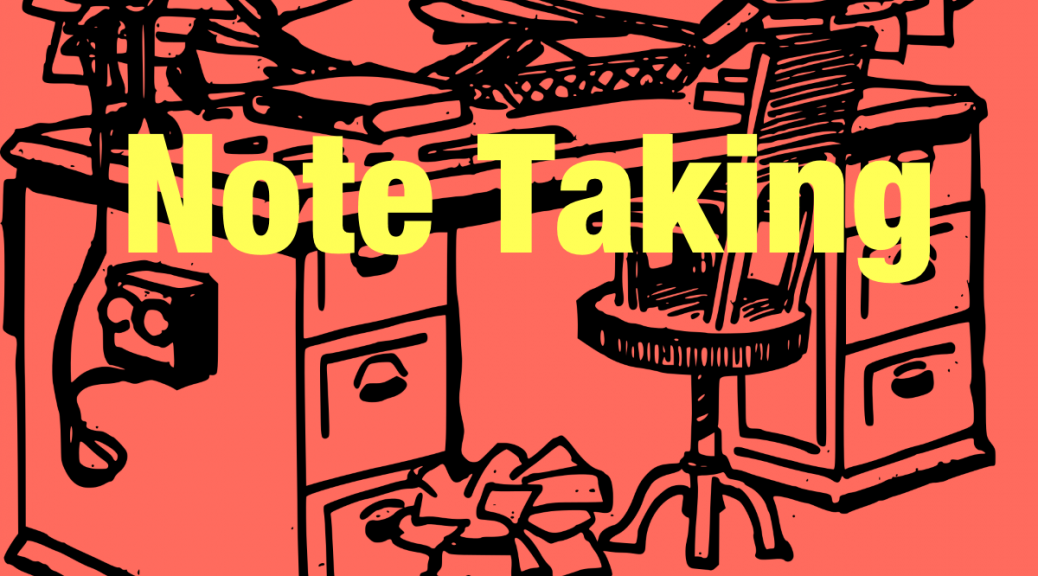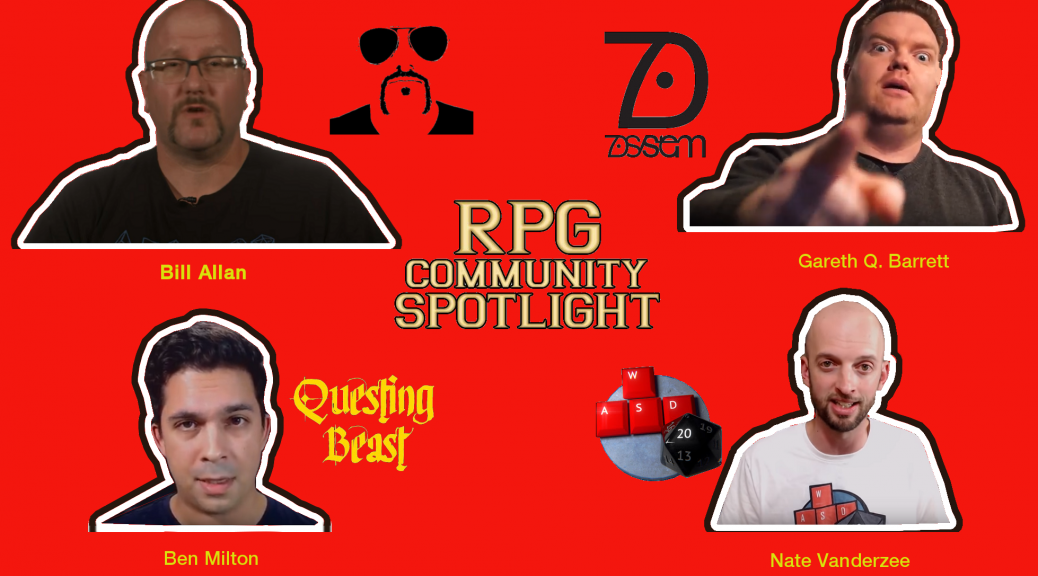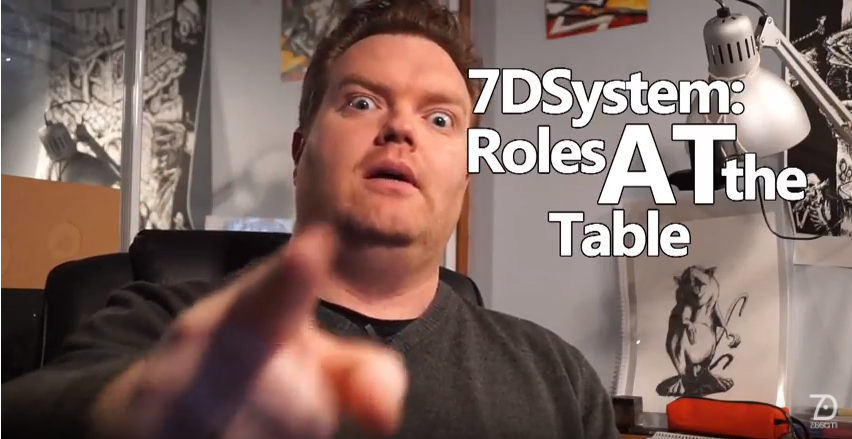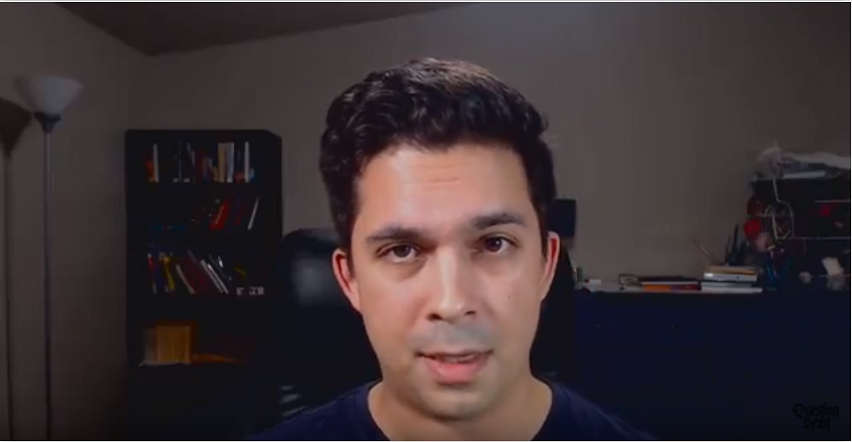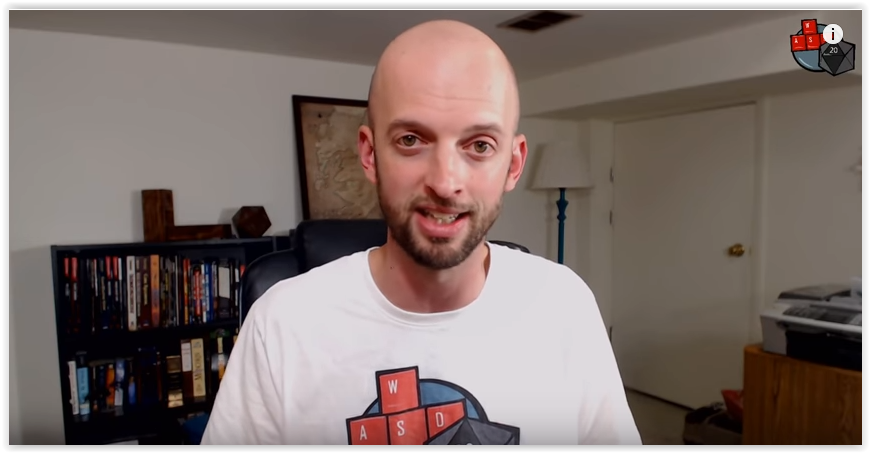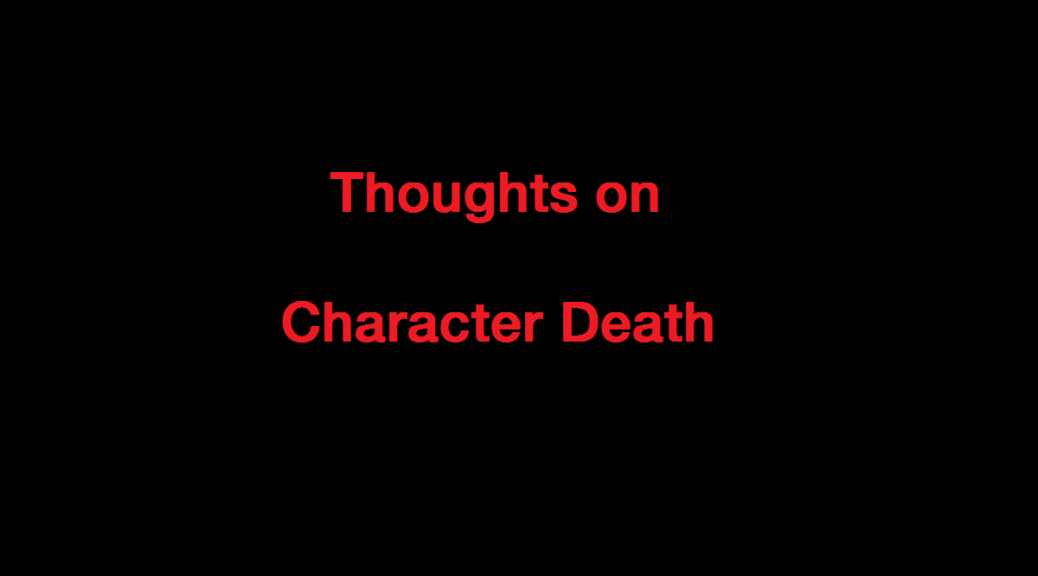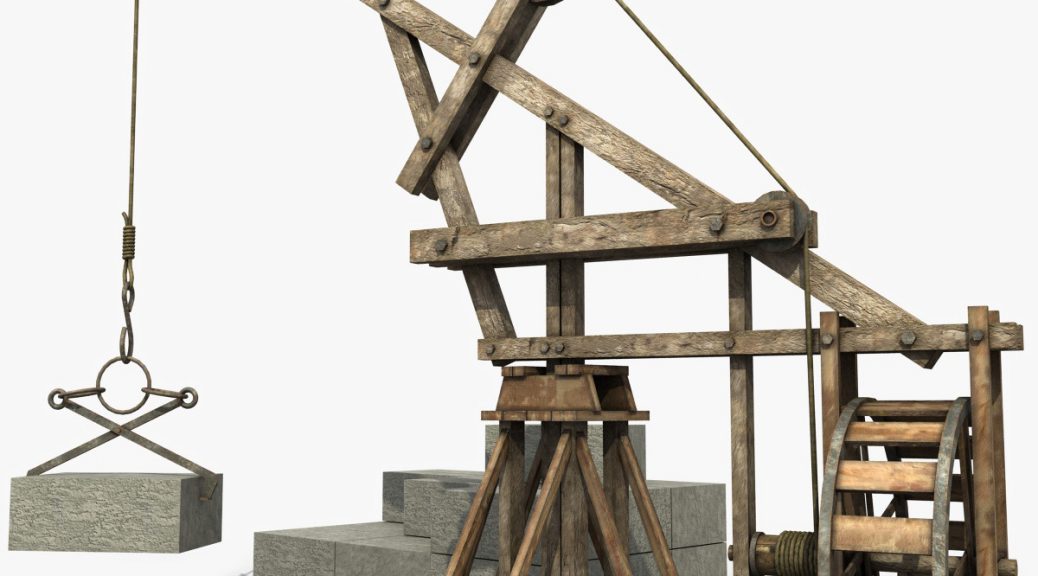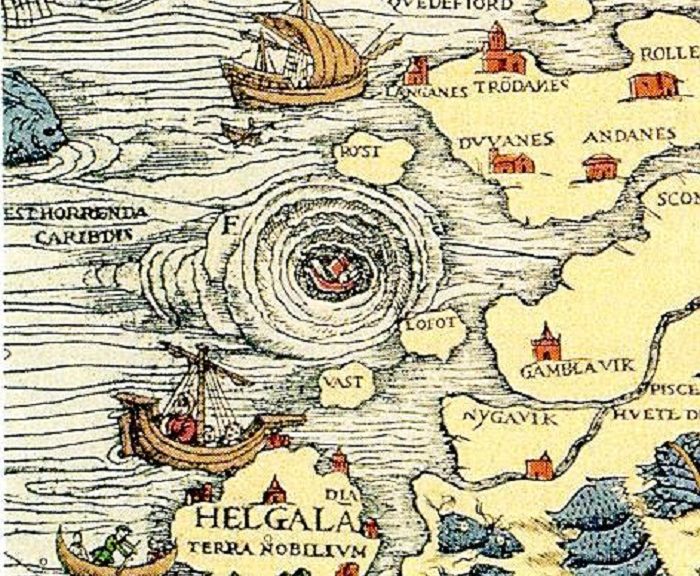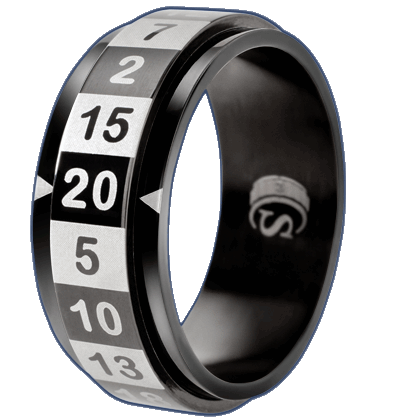Someone on my G+ post about Saturday’s blog post about prepping to launch a Patreon said they’d like to know what my process is. I will endeavor to lay out how ideas come to me.
Connections
I see connections between things that most people don’t see. Someone says ‘X’, and I almost immediately think of ‘Y’. When someone asks how I came up with ‘Y’, I lay out all the points between the two. It is all about what my mind picks up and adds to my knowledge store. I don’t have eidetic memory, but I seem to be good at remembering various facts. It makes me very good at Trivial Pursuit and Jeopardy. Even some categories where I have a weak knowledge, I am able to come up with answers.
Sometimes I hear a word and it triggers a train of thought with unanticipated results. It is also a curse, as this can find a connection that takes me back in time to some memory I’d rather not recall.
I have also seen words “sideways” that at a glance the word or phrase I think I see isn’t the word or phrase that is there. In some words, changing the order of a couple letters gives a different word. Or the order of the words is reversed. I’m probably the only one to get a chuckle out of the weird things that result. An example is “Isle of Wights” instead of the Isle of Wight. An additional letter makes it a dangerous place of undead.
Visual
I am a visual person, so when I had the question in Trivial Pursuit of which state is surrounded by the most other states, I started by narrowing the focus. I focused on the continental US, and eliminated the coastal and border states. Next I eliminated the big Western states. Because I know the states and have a mental map of the state boundaries within the boundary of the US, I could count the states surrounding the states that didn’t have a coast or international border. I won’t give away the answer, but the state is surrounded by eight other states.
Metaphors
When I try to explain things to people, especially technical things, I have metaphors come to mind to help explain things. I work with financial software and users who don’t know accounting always want to treat the budget like how much money they have. I point out that the budget is like Monopoly money. You can have a budget of a million dollars, but if you don’t have a million dollars in the bank, you can’t spend that much.
My metaphors are sometimes ridiculous, but they can help me to develop ideas with an RPG.
Alliteration
I have gone on kicks with alliteration on several blog posts over the years. Sometimes I see it as a challenge to some up with a list that is all alliteration. I think the last one I did was a six word dungeon challenge, and I did A to Z with six alliterative words for each letter of the alphabet.
Narrow the Focus
The concept of narrowing the focus is the same one I use in my day job of troubleshooting client issues. I do high end tech support for financial applications. I’m the senior tech, so end up digging into SQL to figure out where the data went wrong. I’ve used the programs so long, that except for the newer features, I can see the menu options in my mind’s eye and can talk a client through all the menu clicks without looking at the program.
My brother used to tease me about my spouting off apparently random facts in the middle of conversations because someone would say something that fired off something in my mind. He’d say, “And yet another entry into the book of useless facts and worthless information.” I still slip up sometimes and don’t give the right contextual information when that happens and when I say something, I manage to put my foot in my mouth.
RPG Filter
When it comes to RPGs, I don’t always remember to flip the switch to think about some random thought in an RPG context. However, when I do, I can spit out a detailed string of ideas that are fun and interesting for RPGs. I usually take my real life knowledge and experience and just run things to a logical conclusion.
For some ideas, I can run out of steam before it looks complete. Kind of like McCoy going from “It’s so easy a child could do it!” to struggling to recall the simplest detail in the “Spock’s Brain” episode of TOS.
Then for other ideas, the ideas keep flowing and I can’t write or type fast enough to keep up.
Intentionality
I am sure that if I would be intentional about applying an RPG filter to what I think about on a consistent daily basis, I could leverage it more. Historically, I have tended to go in spurts where a lot of information flows until I hit an eventual drought of ideas. I have yet to identify a consistent set of rules that makes this work for me.
One year on the blog I posted an article every day. I did leverage the bursts of creativity, and I would write multiple articles in a day. Then I would schedule them to post on consecutive days, with the most pressing first. I managed to have several weeks of posts done in advance, and would have multiple posts on days when there was a timely idea.
Organization
I have been lax in my organization, and have multiple notebooks and computer files with all kinds of ideas. Applying organization to the madness will help.
Self Care
My greatest nemesis is the crazy busy time at work December through February. It ends up sapping my energy and creativity to a ridiculous degree. I have not found a solution to deal with that. I am sure it is diet, exercise, and enough sleep. I have always struggled with that.
Personal Knowledge Base
I’ve played different RPGs since back in the day. AD&D, Metamorphosis Alpha, Gamma World, Boot Hill, Top Secret, Gangbusters, Star Frontiers, Marvel Superheroes, Traveller. Also some exposure to, like one game of Tunnels and Trolls, Runequest, and some others. We also made our own space games. We had a space pirate game that was a board game. We had a planetary war game where two planets were at war. We also made a space RPG that had a little bit of something from every RPG we had or new about, with lots of our own ideas.
I read a lot of science fiction and fantasy back in the day. I don’t read as regularly as I used to but still read SF & Fantasy. I’ve been reading the Appendix N authors I never read back in the day. For example, in recent years, I have read the Dying Earth series and Conan. I’ve read many of the Tarzan books, John Carter of Mars, the Venus series, and some others by Edgar Rice Burroughs. Some, such as The Hobbit and LOTR I have read multiple times.
I have a strong interest in history and have a BA in history. My interest is on the ancient near east and Mediterranean, and Europe from ancient times up through WWII. I have pulled out old college history books and re-read them. I’ve read history of other regions and eras too.
I tend to get lost reading an article in an encyclopedia and all the side references. The arrival of Wikipedia online has caused me to lose many hours of follow the rabbit trails of connected knowledge. I see something that catches my interest, read it and see things mentioned that peak my curiosity. The next thing I know I’ve got a dozen or so tabs open of things I want to know more about.
I’ve studied four languages other than English or programming languages. Spanish for three years in high school, German for three semesters in college, and koine Greek and Biblical Hebrew in grad school. I also know a smattering of words and phrases in a few miscellaneous languages that have not been incorporated into the English lexicon.
My high school actually had a geography class. I have always liked maps. I wish I still had all the maps I colored in with colored pencils.
All the books and articles I’ve read, TV shows, movies, and plays I’ve watched, people I’ve met or observed, places I’ve been, and things I’ve done all inform how I view the world and I draw on them automatically when working an RPG idea.
I have 80% of the first draft of a sci fi/fantasy novel. The idea came to me in 1985 or so. I didn’t start writing it down until 2009 or so. I only had the first chapter until I did NaNoWriMo in 2014 and got to where it is now. I exceeded 50,000 words so I “completed” the challenge. It actually wasn’t that hard to do. I just sat down and did it, and was cranking 3,000 plus words some days. As with most first drafts, it’s terrible. I really need to do the last few chapters so I can do the second draft.
Blogging
The hardest part of blogging is staying on topic. I can easily start off in one place, and go down a side passage of an idea, and end up entirely off the point I intended to make. This is why my posts are so long at times. I’ve got several posts in my drafts that don’t say what I meant to say, and I don’t know how to fix them (apart from starting over) but don’t want to delete them in case I can somehow use them. I have over 700 posts and can easily do a “new” post and later discover I wrote a nearly identical post a few years ago.
What I like about blogging, is that it allows me to capture my ideas, so I can come back to them later.
Conclusion
I think my process is similar to others. Each of us makes connections between ideas in our own way. Through repetition and intentional practice, we can get better at it.

